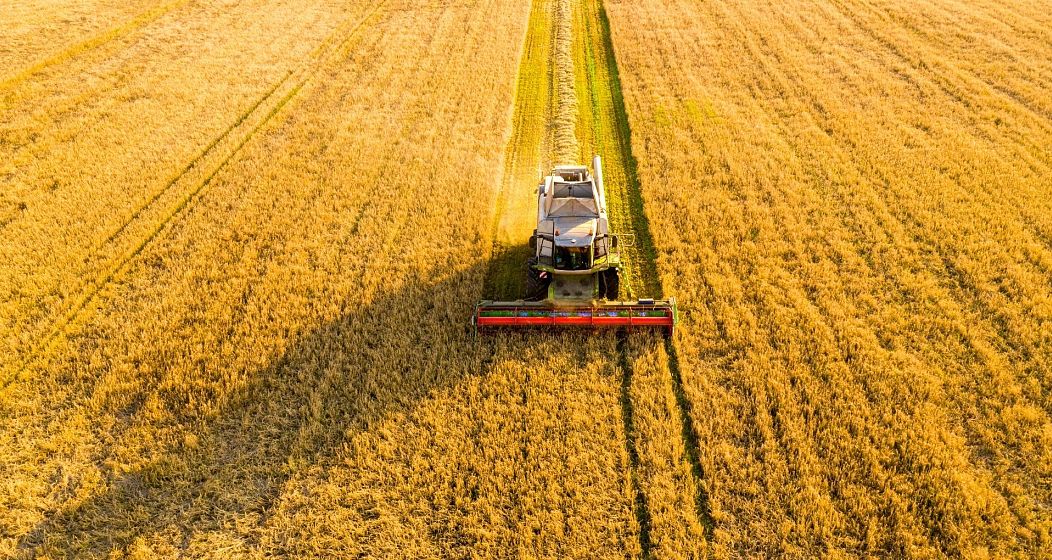The issue of ownership and access to land is important for the environment too.
Land inequality is directly threatening 1.4 billion of the world’s poorest people, according to a recent report.
New calculations have discovered that disparities in rights and access to land are more than 40 per cent higher than previously thought. Just one per cent of the world’s largest farms currently operate more than 70 per cent of all farmland.
A lack of access and ownership is pushing rural and Indigenous communities off of the land. It is also putting the livelihoods of an estimated 2.5 billion people at risk, the International Land Coalition (ILC) & Oxfam report found.
“Growing inequality is the greatest obstacle to poverty eradication; in countries like Guatemala, extreme inequality costs lives,” says Ana María Mendez, Oxfam’s Guatemala director.
“In rural Guatemala, extreme land inequality undermines the rights and livelihoods of indigenous and small-farmer communities and exacerbates the climate crisis.
“Today, as we confront the coronavirus pandemic and catastrophic hurricanes fueled by climate change, the impact of land inequality is even more stark, and the imperative to tackle the problem is urgent.”
In particular, land inequality based on gender, ethnicity or culture can “seriously undermine sustainability” and make other forms of inequality worse.
This is because women, Indigenous people, and local communities are frequently “the custodians of household well-being, sustainable livelihoods, biodiversity preservation, bio-cultural conservation, and social justice.”
The growing problem of intensive agriculture
Around the world, land is being snapped up by a shrinking group of owners - which include large agricultural businesses and foreign investors.
The report says the true state of inequality has been “hidden” in recent years as big businesses have used global supply chains to control land without having to own it. More intensive agriculture leads to the increased use of monocultures, which are bad for wildlife, and fewer smallholdings that produce crops in a way that respects the environment.
Complex corporate relationships also make it a lot harder to hold companies accountable for their social or environmental impact.
“What we’re seeing is that land inequality is fundamentally a product of elite control, corporate interests, and political choices,” says Giulia Baldinelli, co-author of the report.
The report suggests that power imbalances in legal, corporate and financial institutes must be addressed in order to identify a solution. It emphasises that land rights for smaller communities need to be supported.
Recovery from the impact of coronavirus could mean putting economic gains above the needs of people and the planet, warns Mike Taylor, Director of ILC’s Secretariat.
But it doesn’t have to be that way.
Taylor concludes, “There is always, however, a more inclusive path to rebuilding our economies, that emphasises sustainable use of natural resources, respects human rights and addresses systemic causes of inequality.”












